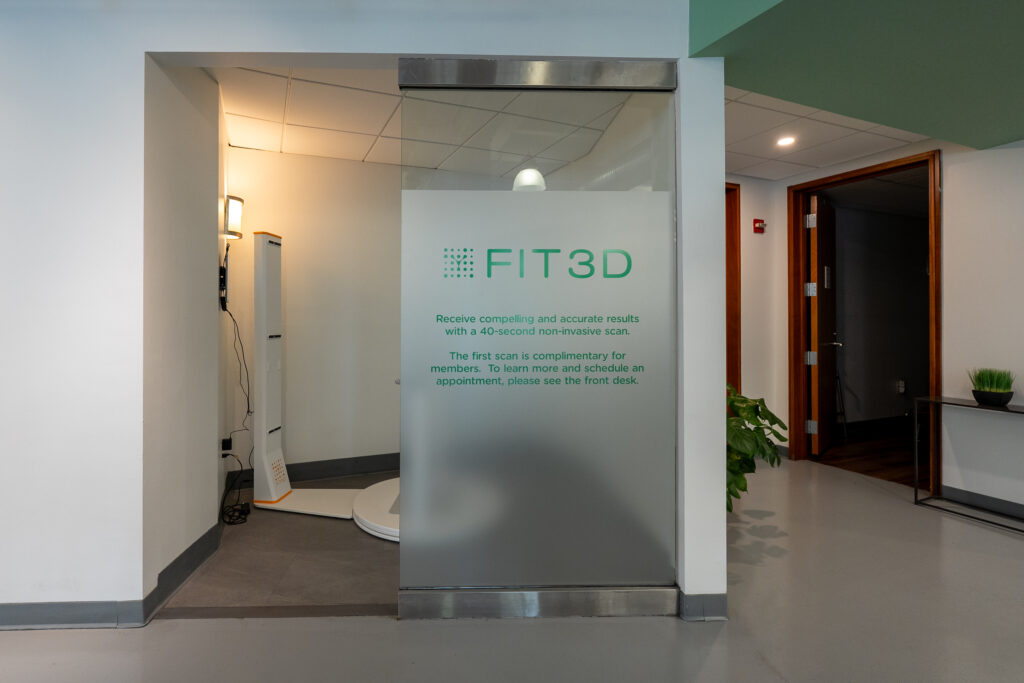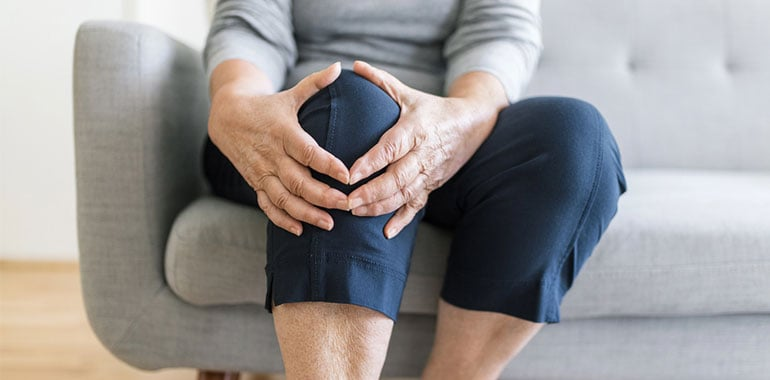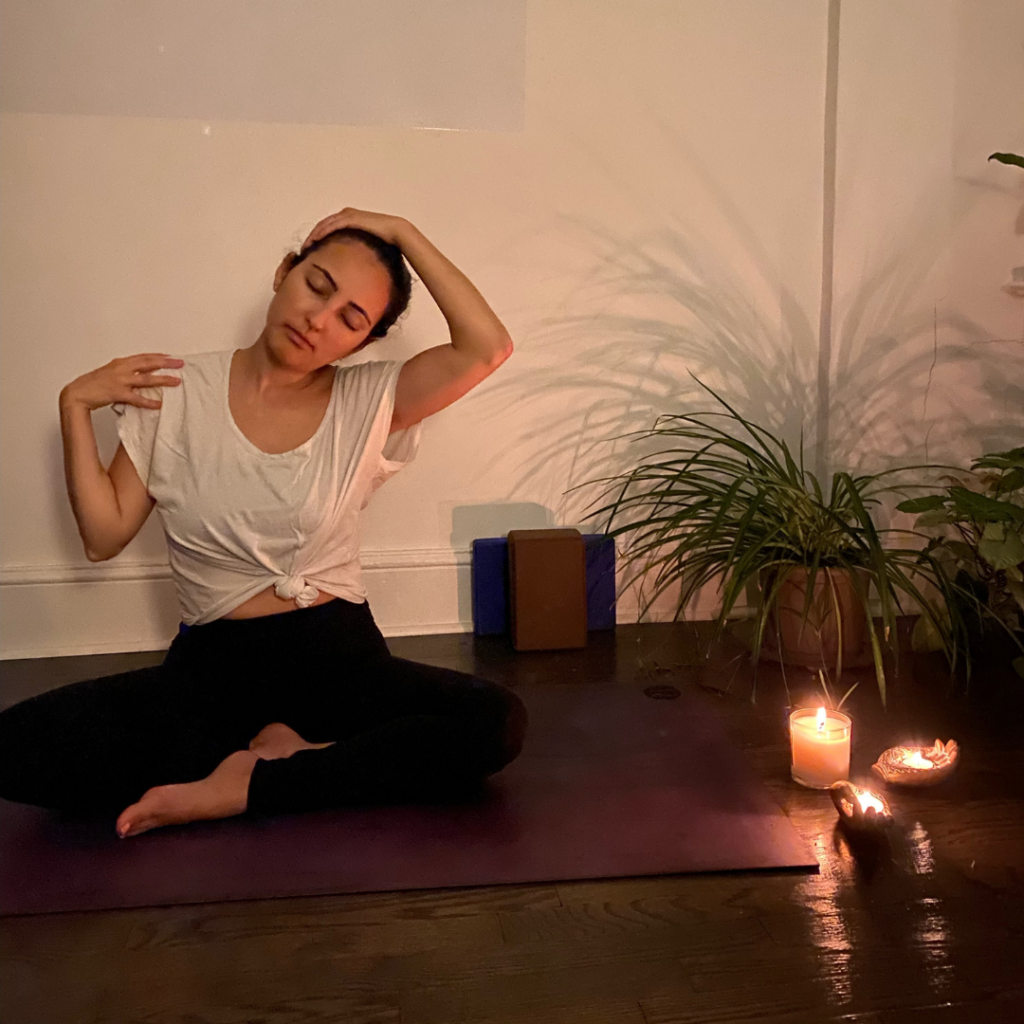If you’re serious about getting to know your body, tracking your progress, and setting yourself up for long-term success, it’s time to meet one of MINT’s most powerful tools: the Fit3D Body Scanner.
This cutting-edge technology goes way beyond the scale. In just 40 seconds, Fit3D creates a full 3D image of your body and provides hundreds of measurements, including posture analysis, body composition, balance, and more. Think of it as your personal fitness dashboard — giving you the data you need to understand where you are today and how to get where you want to go.

Why Fit3D is a Game-Changer
- See more than a number: Forget relying on the scale alone. Fit3D gives you the full picture with accurate, detailed insights.
- Track real progress: Watch your posture, muscle symmetry, and body composition evolve over time. It’s the most motivating way to see the results of your hard work.
- Set smarter goals: Whether you want to get stronger, leaner, or simply feel better, the data from Fit3D helps you (and your trainer) create a personalized plan to get there.
- Next-level workouts: With clearer insight into your body, you and your trainer can fine-tune your training to maximize results and minimize risk of injury.
Who Has Access?
Here’s the best part:
- All active personal training clients at MINT have access to Fit3D at no added cost. Just ask your trainer to schedule a scan.
- MINT Condition members also enjoy unlimited access to Fit3D scans as part of their membership benefits.
Not sure if your membership includes Fit3D? Good news — your first session is free. And if you have questions, you can always reach out to Skip at Skip@mintdc.com.
Take the Guesswork Out of Your Fitness Journey
Fitness isn’t one-size-fits-all — and neither are results. With the Fit3D Body Scanner, you’ll finally have the insights you need to understand your body, track your progress, and crush your goals.
Ready to level up your workouts and get data that actually makes a difference? Ask your trainer about Fit3D today, or email Skip to get started.






